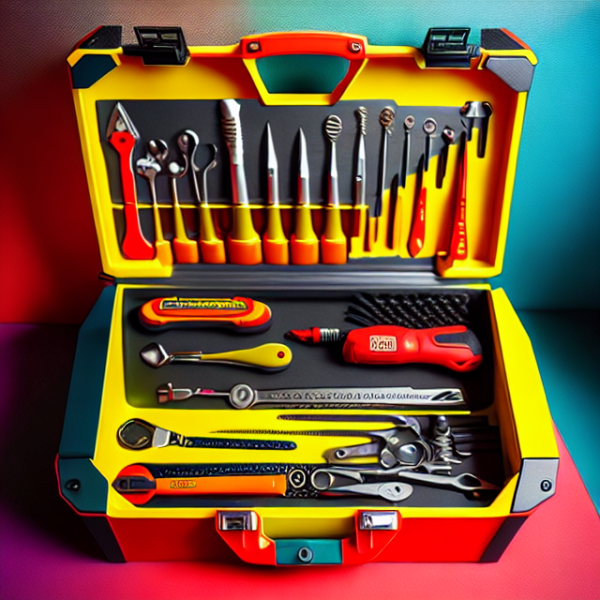Why? As we Texans know, the power grid doesn’t always work. Since it is a shared system, some people AND CORPORATIONS can drain the power supply for everyone. Like when the grid was running out of power and rolling blackouts started, the downtown City of Houston skyline was all lit up, lights on, while the people of Houston suffered during the freeze with no power in 2021. Don’t be one of those suffering people. Don’t DEPEND on others to heat and cool your home, cook for food, power your devices. Live free, live independent.
Generating electricity from solar and wind power to power your home involves setting up the necessary equipment and systems. Here’s a step-by-step guide for each method:
Solar Power:
- Assess your home’s solar potential: Determine if your location receives sufficient sunlight throughout the year. Ideally, you want your solar panels to be exposed to direct sunlight for most of the day.
- Calculate your energy needs: Determine how much electricity you need to power your home. This will help you determine the number and size of solar panels required.
- Install solar panels: Consult with a professional solar installer to determine the optimal placement and installation of solar panels on your roof or in your yard. Ensure the panels are securely mounted and properly wired to an inverter.
- Install an inverter: The inverter converts the direct current (DC) electricity generated by the solar panels into alternating current (AC) electricity, which is used in most homes. Connect the inverter to your home’s electrical system.
- Connect to the grid or install batteries: Decide whether you want to remain connected to the electrical grid or install a battery storage system. Grid-connected systems allow you to sell excess electricity back to the grid, while batteries store excess electricity for use during times of low sunlight.
Check out this solar power kit
Wind Power:
- Determine wind potential: Assess the wind resources in your area. You’ll need an average wind speed of around 5 to 6 meters per second (11-13 mph) for small wind turbines to be effective.
- Check regulations and permits: Research local regulations, zoning requirements, and obtain necessary permits for installing a wind turbine on your property.
- Choose the right turbine: Select a wind turbine that suits your energy needs and the available wind conditions. Small wind turbines are typically suitable for residential use.
- Install the turbine: Follow the manufacturer’s instructions for installing the wind turbine. Ensure that it is positioned at an optimal height and distance from any obstructions to maximize wind exposure.
- Connect to your home’s electrical system: Install an inverter that converts the turbine’s DC electricity into AC electricity. Connect the turbine and inverter to your home’s electrical system or batterie storage, ensuring compliance with electrical codes and safety regulations.
Check out this Solar and Wind Power Kit
Remember to consult with professionals (or watch YouTube videos from the professionals) and follow local regulations when installing solar panels or wind turbines. Additionally, regular maintenance and monitoring of the systems are essential to ensure optimal performance and safety.
Just expand your solar panels, wind turbines, inverters, and battery storage to generate more power, convert more energy, and store more power for more long term use: Your own power plant.
Don’t be a system leach and economic slave. Generate your own energy, and free yourself from the system.






